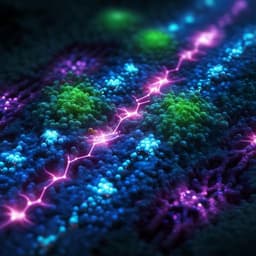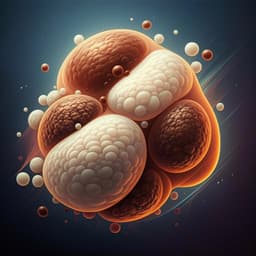
Engineering and Technology
High-power lithium-selenium batteries enabled by atomic cobalt electrocatalyst in hollow carbon cathode
H. Tian, H. Tian, et al.
This groundbreaking research by Hao Tian, Huajun Tian, Shijian Wang, Shuangming Chen, Fan Zhang, Li Song, Hao Liu, Jian Liu, and Guoxiu Wang introduces a cobalt single atom electrocatalyst in a hollow carbon cathode, boosting the performance of lithium-selenium batteries by enhancing selenium reactivity and ensuring exceptional cycling stability with nearly perfect efficiency.
~3 min • Beginner • English
Related Publications
Explore these studies to deepen your understanding of the subject.







